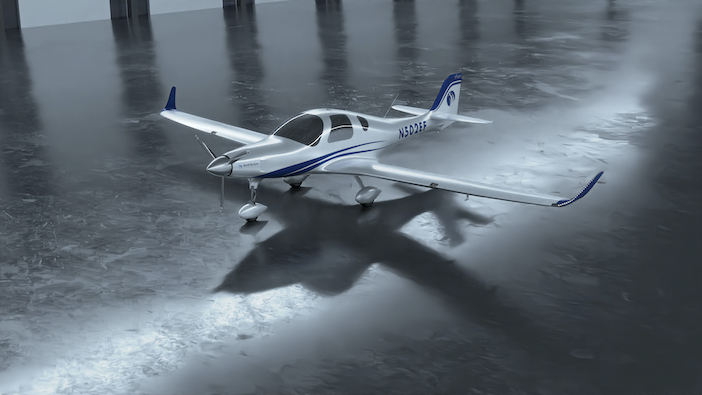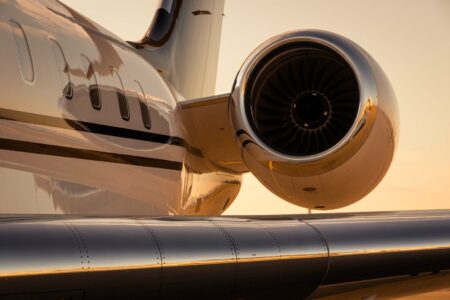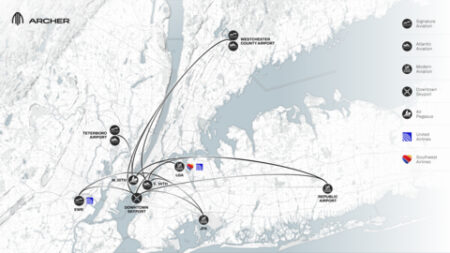US aviation regulator the FAA has approved Bye Aerospace’s eFlyer 2 as eligible for certification under Part 23, enabling the Denver, Colorado-based OEM to start certification testing of the all-electric aircraft.
The approval is the first for the general aviation industry by the FAA under Amendment 64 of FAR 23 for an all-electric aircraft.
Approval of Bye Aerospace’s G-2 “Means of Compliance for Certification” issue paper establishes the basis by which the eFlyer 2 can be type certified for use and that the aircraft design is suitable for certification.
The Means of Compliance for Certification was divided into 16 specific certification plans covering all systems, subsystems, and procedures related to the aircraft.
George E. Bye, CEO of Bye Aerospace said, “With this major milestone approved, Bye Aerospace is now poised to enter the testing and compliance demonstration phase of the certification, including the fabrication of eFlyer 2 serial #001, and several production conforming aircraft. We remain on course to have the world’s first Part 23 Amendment 64 FAA certified fixed wing aircraft.
Bye Aerospace received FAA approval of its G-1 (Certification Basis) issue paper August 31, 2020. The company previously applied for the eFlyer 2 Type Certificate in April 2018 for FAA certification under FAR Part 23 as the first in the world “Level 1”, normal category, all-new design, all-electric aircraft to be certified under the new Amendment 64 rules.
John Knudsen, General Counsel at Bye Aerospace said, “This major milestone is only possible because of the close collaboration and pioneering effort with the FAA. Our thanks to the FAA leadership and certification team as well as the many Designated Engineering Representatives that made this possible.”
Development of the eFlyer electric aircraft began in 2014 and the first developmental prototype version has been flown for two years. Bye Aerospace says the eFlyer2 will have one-fifth of the operating cost of traditional airplanes and that it has a production backlog worth more than US$1 billion for the aircraft.





